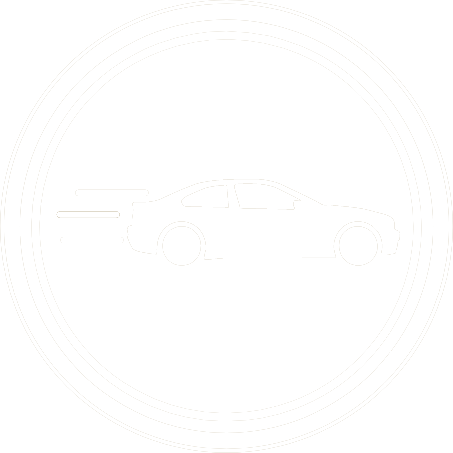
This clever new electric drive system could lead to a packaging revolution in EVs

This Researchgate.net image shows the two typical current EV powertrain layouts, but Hyundai wants to change that.
The architectures underpinning internal combustion (ICE) vehicles and electric vehicles (EVs) are by their nature rather different. Due to the packaging requirements of squeezing thousands of batteries into a limited volume, most purpose-designed EVs place their batteries under the vehicle’s floor, giving a low center of gravity but impinging on passenger space in the process.
Their drivetrain layouts are largely similar, however, apart from the fact that ICE vehicles feature a bulky engine and multi-speed transmission, instead of an electric motor and a simple single-speed reduction gearbox. Consequently, current standard EV layouts still comprise a motor, gearset, and differential mounted in the middle of the vehicle between the drive wheels, with driveshafts and CV joints to transfer power to the wheels.

What makes this Hyundai development special?
While this new Hyundai proposal, named “Uni Wheel”, still relies on driveshafts, the method of power transmission is very different from what we’re used to. Instead of CV joints, the electric motor’s output shaft is connected to the drive wheels by a planetary gearset, which is contained in a pivoting mounting arm. This planetary gearset comprises a central sun gear, four pinion gears connected in two pairs, and a ring gear connected to the wheel itself.
The first thing you’ll notice here is how compact the arrangement is, because the entire transmission system fits inside the empty space inside the wheel. This requires only a short driveshaft to connect to the traction motor, which can now be mounted very close to the wheel. And, thanks to the ingenious linked pinion gears, axle articulation can be accommodated without incurring the power losses one would experience using normal CV shafts.

Big or small, there’s a new or used Hyundai for all on CHANGECARS!
The really clever bit
This is not a wheel hub-mounted motor in the traditional sense of the word, though, because those arrangements still face great engineering challenges in terms of durability and unsprung mass. This Hyundai setup comes closer than any other approach, though, because it positions the motor so close to the wheel that the space now vacated by the relocation of the electric motor and its transmission system becomes available for other uses.

The packaging advantage of moving the drive system from the centre to the corners of the vehicle is immediately apparent, because it frees up potential battery space where the drive unit traditionally resides. Moving sections of the battery from underneath the passengers’ footwells into this newly-liberated empty volume will lower the floor to normal levels, thus liberating more cabin space. Luggage volume will likewise receive a boost, because there will be room for cargo compartments on both ends of the vehicle on top of the compact batteries and power inverters.
With a motor on each wheel, individual-wheel-drive also becomes a possibility. Instead of messing about with torque-splitting differentials and using the brakes to keep wheelspin in check, the control system can independently apportion torque to each drive wheel by controlling the output of each motor. This will allow for infinitely adjustable torque vectoring to enhance agility and cornering ability, and in combination with wheel-selective regenerative braking, will also improve the effectiveness of the stability control.

Martin Pretorius
- Proudly ALL THINGS MOTORING











